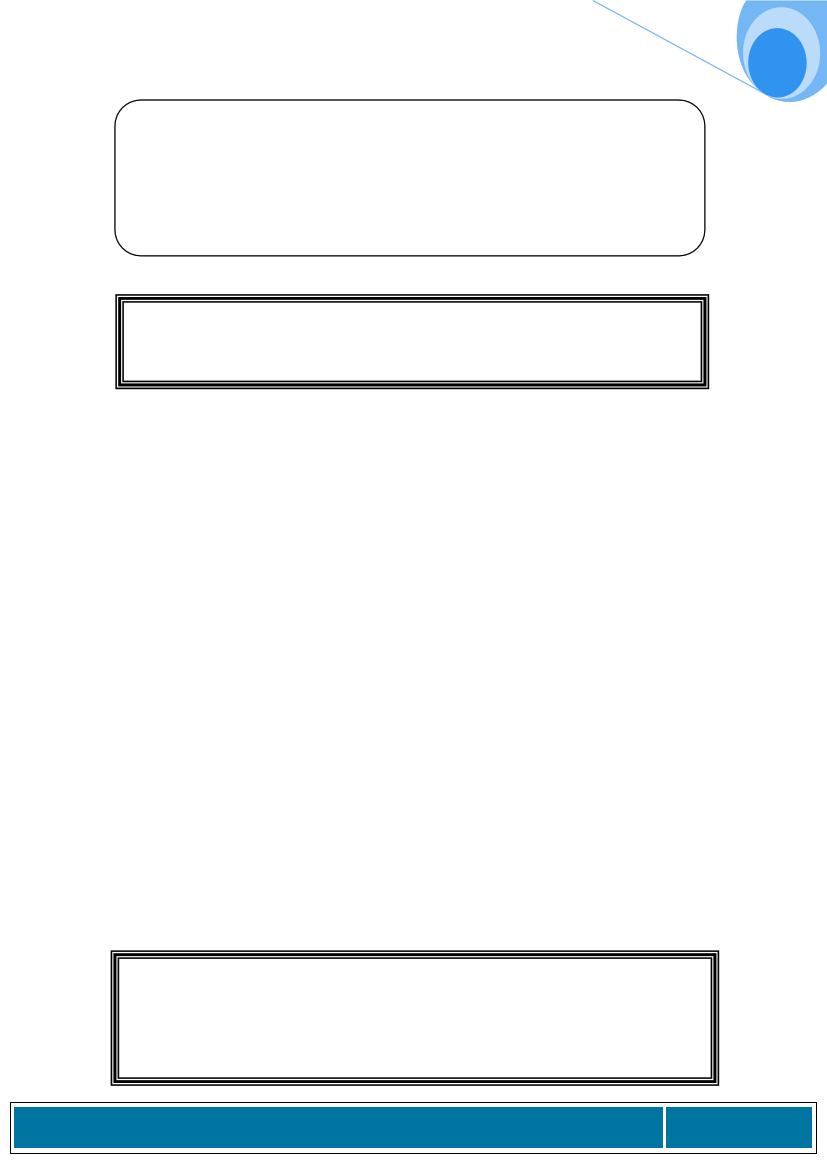
MAINSTREAMING CLIMATE CHANGE ADAPTATION IN AGRICULTURAL EXTENSION
SLIDE - External factors contributing to vulnerability
• Are there institutions or policies that contribute to vulnerability?
There are often policies or actions remote from the communities, over which they
have little control, but which contribute to their vulnerability. These can have a
large influence on vulnerability.
Task: Groups carry out exercise using data from their “communities”.
Alternatively, Groups can analyse one or other of the two case studies.
Tables have been designed to help you to frame discussions with focus groups
to find out more about the above three sets of issues. Tables on the following
pages propose some suggested questions to help you work through the
assessment, and illustrate what a completed table might look like. It is important
to think broadly, to probe and ask open questions which lead to greater insights
for both the facilitator and, more importantly, the participants. Remember, this is
not merely an exercise to collect data; it is only necessary to collect relevant
information that will aid understanding different aspects of vulnerability so that
activities can be designed to reduce their exposure to risks.
The importance of asking “open” questions cannot be over stressed. Closed
questions tend to require a yes or no answer and therefore close down other
possible options or ideas that might have been offered. Open questions should
hand control of the conversation to the respondent. You can do this by asking
them to think and reflect, or to give you opinions and feelings.
Remember that different groups have different vulnerabilities. Men, women,
youth, poor and rich, the infirm and the chronically sick all have different
vulnerabilities. If the focus group has a mix of different people, ensure that all
voices are heard to ensure that all vulnerabilities are highlighted.
All information collected must be recorded and can be used as Baseline data.
This can be used to measure the reduction in vulnerabilities of the community
over time.
Task: Fill in form using your “communities”
Hand out the completed LVA format with the example of drought in Ethiopia.
Discuss the factors included there. Are there others missing? Are trainees clear
about the range of issues that might be elicited in this exercise?
A Training Manual on Use of Climate Information and Vulnerability and Capacity Assessment for
Agricultural Extension Staff in Zimbabwe
Page 75